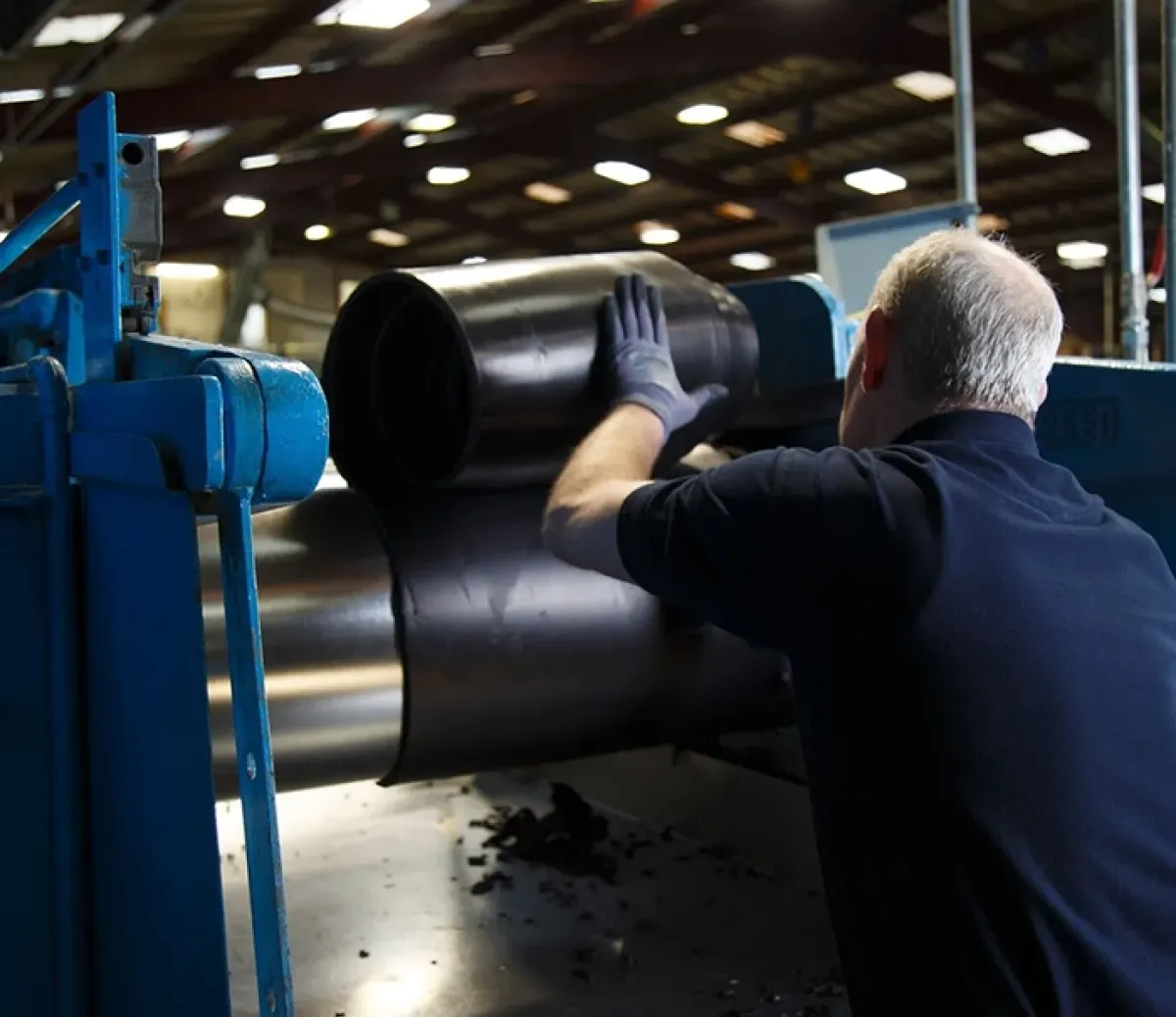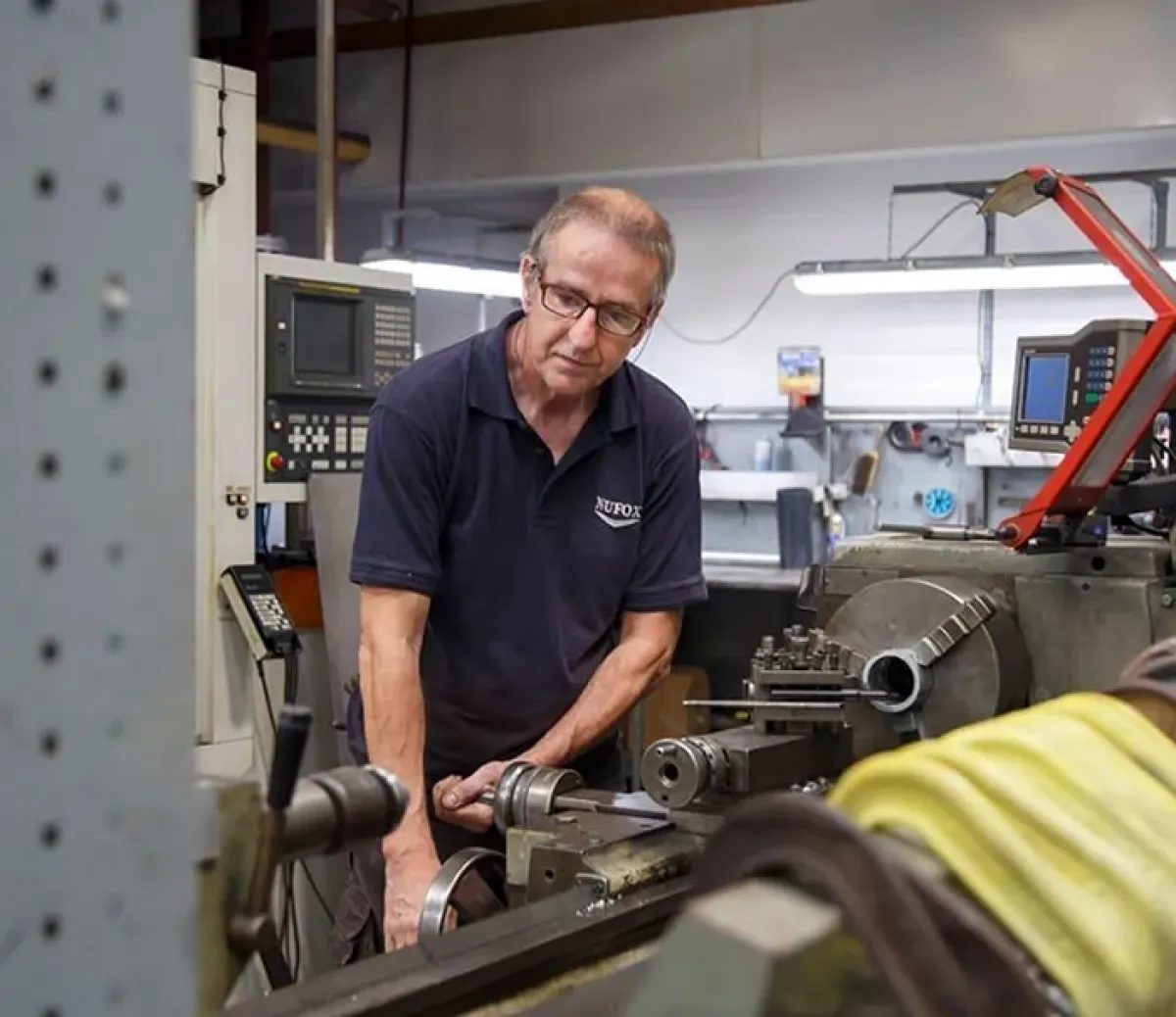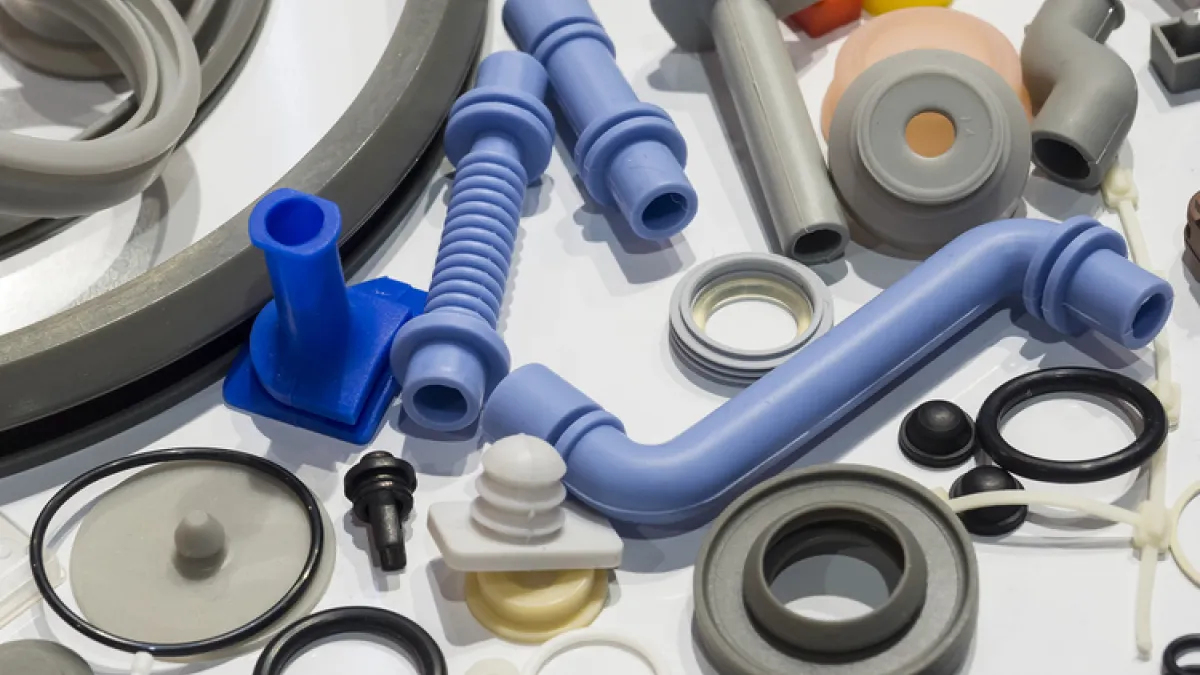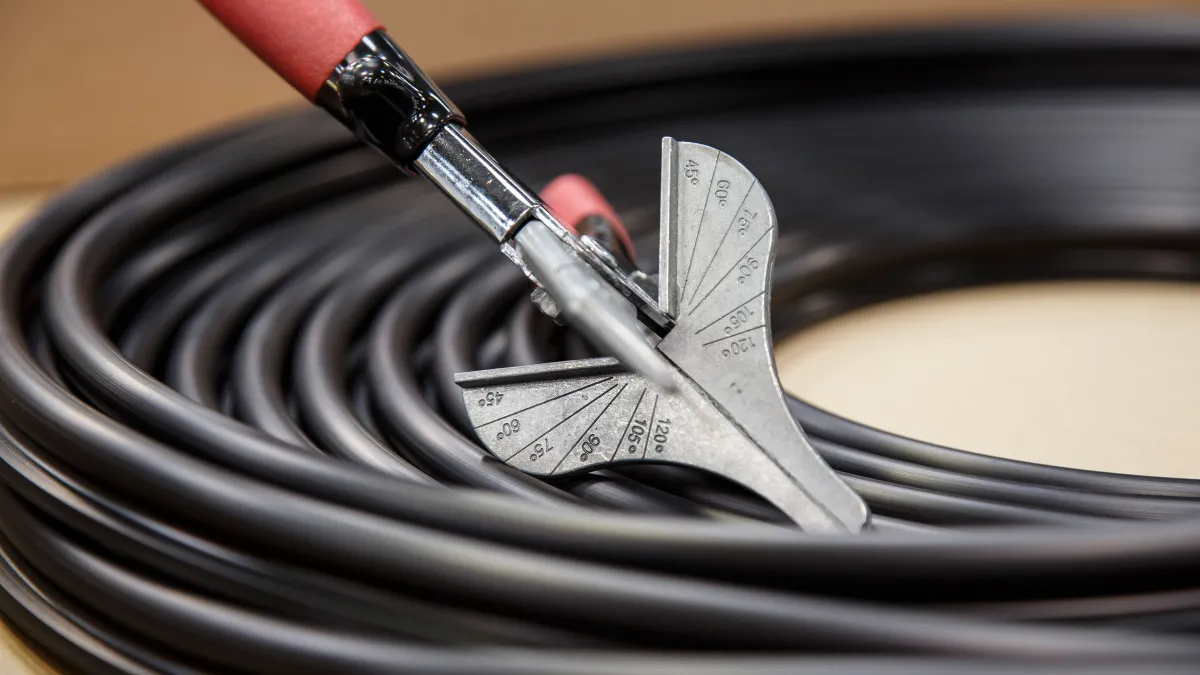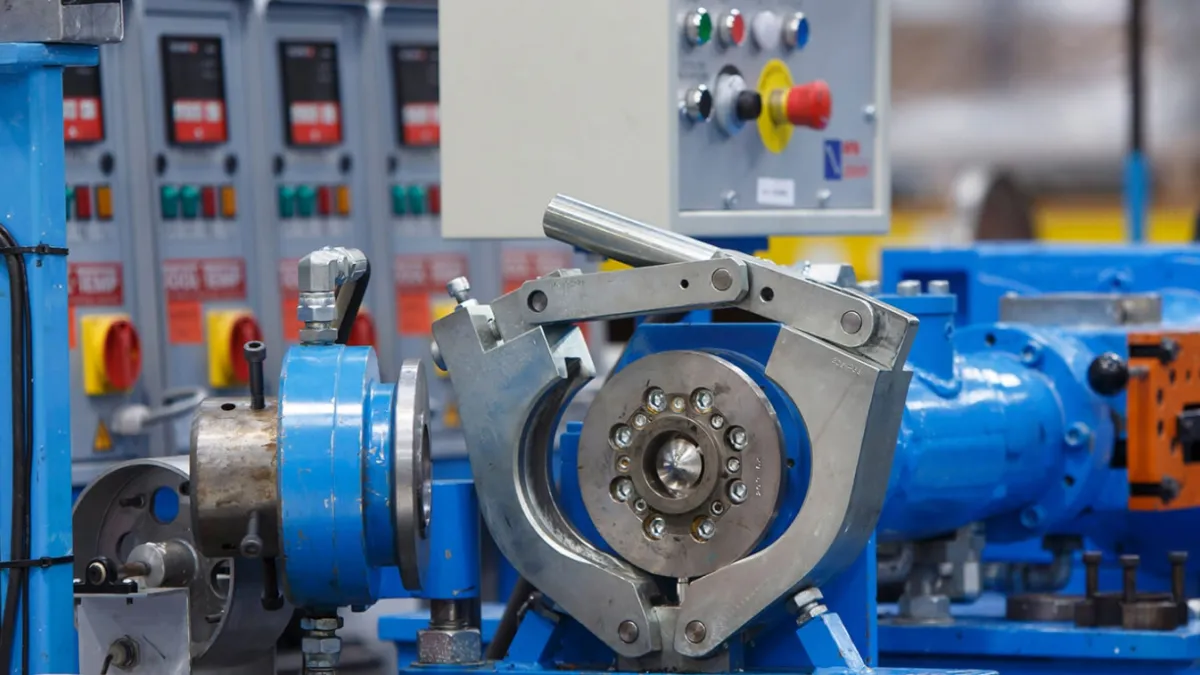By using this website, you agree to our Privacy Policy
×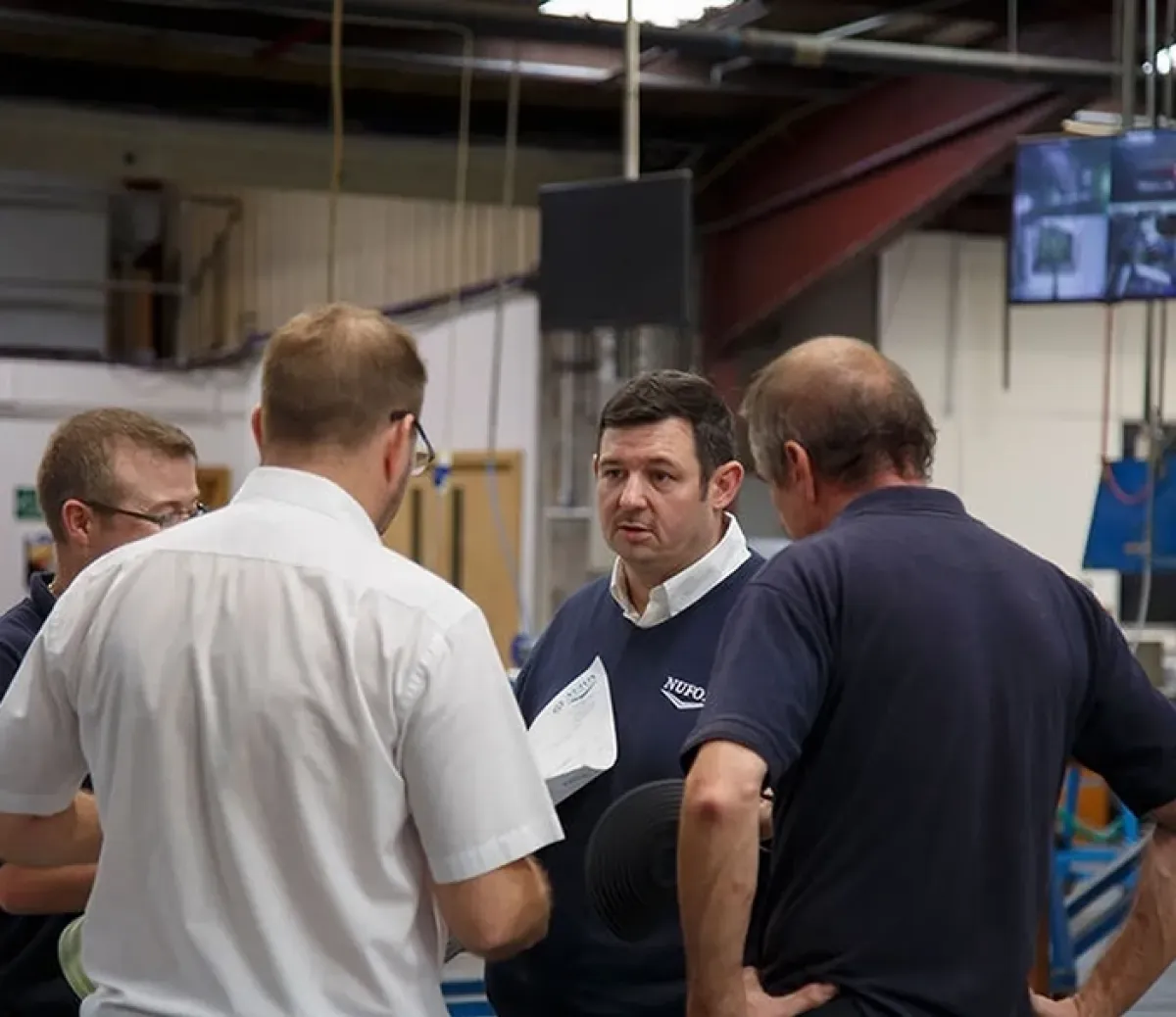
Exploring the Benefits of Sponge Rubber Extrusions
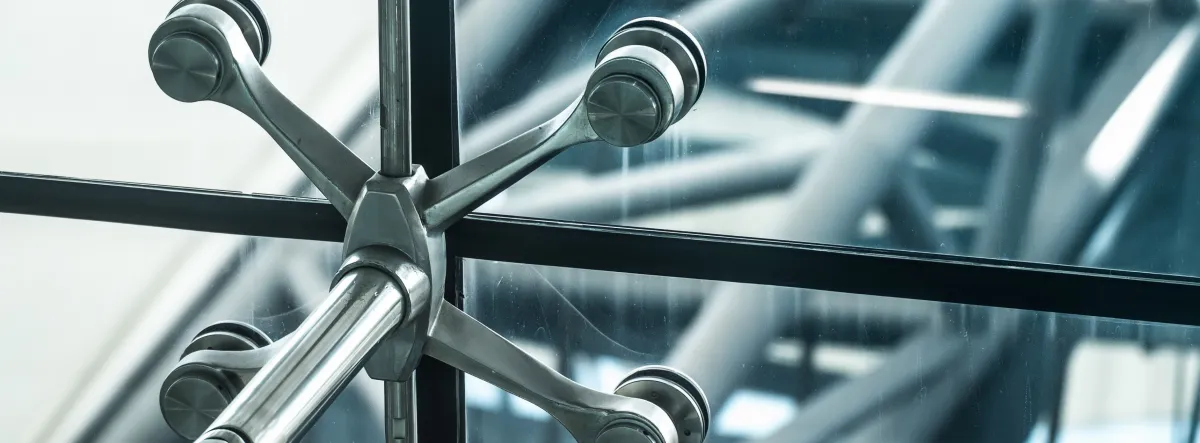
Sponge rubber, also known as expanded foam rubber, is a specific rubber structure containing tiny pockets of air. Sponge rubber can be made from many of the same compounds as solid rubber. But thanks to its unique structure, sponge rubber can be used where solid rubber is too heavy and dense or where applications need special insulation, shock absorption, or even water-filtering capabilities. In this guide, we cover everything about sponge rubber extrusions.
What Are Sponge Rubber Extrusions?
Sponge rubber, also called foam rubber or cellular rubber, originated in 1929 when Dunlop chemists E. A. Murphy and Eric Owen developed a latex-based foam by whipping latex into a foamed state. The production advanced in 1937 with the introduction of isocyanate-based materials. After World War II, synthetic alternatives like styrene-butadiene rubber largely replaced natural rubber. The 1950s marked another leap with Charles C. Price's development of polyether polyurethane rubber, which now dominates the market, finding extensive use in construction, transportation, and furniture due to its versatility and insulation qualities.
Sponge rubber is a matrix of air-filled cells, achieved by incorporating a foaming agent during production. It is typically made from natural latex, synthetic rubber, or polyurethane. Polyurethane, a key component in flexible foam, is a thermosetting polymer formed by the reaction of methyl di-isocyanate with polyethylene and other additives. The foam's strength and resilience increase as a result of through crosslinking—a process that chemically bonds polymer chains, stabilising the foam’s structure, improving durability, and increasing resistance to thermal collapse.
Like other rubber extrusions, sponge extrusions are created by forcing material through a die that determines a specific profile shape. However, sponge rubber undergoes an additional curing step, which causes the rubber to expand and creates its characteristic sponge-like texture.
Sponge rubber has distinct characteristics that make it suited to specific applications. It’s more porous, flexible, and lightweight than solid rubber alternatives.
Sponge rubber comes in open-cell or closed-cell structures:
The open-cell structure features interconnected cells which allow air, water, and other fluids to pass through, making it good for breathability.
The closed-cell structure features sealed cells that prevent fluid passage to offer better insulation and water resistance.
The sponge-like structure of this type of rubber allows it to be compressed significantly, making it ideal for use in cushioning, shock absorption, and insulating applications. Due to its cellular structure, sponge rubber extrusions are much lighter than solid rubber alternatives and provide excellent thermal and acoustic insulation properties. Because of this, sponge rubber is used in HVAC systems, construction, and automotive applications often.
Thanks to rubber extrusion's versatility, sponge rubber can be extruded into a wide range of shapes and sizes, including complex profiles.
Compounds Used to Make Sponge Rubber
Sponge rubber can be manufactured from various synthetic rubber and silicone compounds, each offering distinct properties for specific applications. The choice of compound is guided by factors such as exposure to weather, temperature, and chemicals and the durability required for the product. Materials like neoprene, EPDM, nitrile, and silicone each have unique benefits and limitations, which make them suitable for some conditions while unsuitable for others. These compounds can also be blended to create hybrid materials with combined qualities to improve performance or reduce costs for custom applications.
Some sponge rubber compounds and their suitability:
Neoprene Sponge Rubber: Offers excellent water, oil, and chemical resistance, with strong weathering and ozone stability—ideal for outdoor seals and gaskets.
EPDM Sponge Rubber: Renowned for UV, ozone, and weather resistance, making it suitable for automotive and outdoor uses.
EPDM/Neoprene Blend: Combines EPDM's weather resistance with neoprene's oil resistance, providing versatile use for outdoor and industrial applications.
Nitrile Sponge Rubber: Known for oil and fuel resistance, commonly used in oil and gas equipment seals where exposure to oils and greases is a concern.
Silicone Sponge Rubber: Withstands extreme temperatures and is suitable for high-temperature environments such as aerospace, electronics, and medical fields.
Polyurethane Sponge Rubber: High load-bearing capacity and durability, often used in applications needing both cushioning and robustness, like furniture and automotive seating.
The Sponge Rubber Manufacturing Process
As we now know, the manufacture of sponge rubber extrusions traces back to early 20th-century innovations when researchers introduced foaming agents into liquid latex to produce a compressible, cellular rubber ideal for sealing applications. Over time, chemical engineering and manufacturing advances refined this process, creating versatile sponge rubber products with enhanced performance and resilience. Today, this process involves specific steps to ensure consistent quality and applicability across a range of industries.
1. Preparation of Rubber Compound
The process begins with selecting the appropriate rubber material—often neoprene, EPDM, or silicone—chosen based on its intended use, whether for weather seals, automotive gaskets, or industrial insulation. Additives such as curing agents, accelerators, and foaming agents are then blended into the rubber compound. This mixture is thoroughly whipped to distribute the foaming agents evenly, ensuring a consistent cellular structure throughout the rubber when heated.
2. Extrusion and Formation
The prepared rubber compound is fed into an industrial extruder, where it is pressed through a specially designed die (extrusion tool) that shapes the rubber into a specific profile, such as U- or D-shaped seals. The combination of pressure and heat during extrusion activates the foaming agents, releasing gases that create a closed-cell structure within the rubber. This cellular composition provides a smooth, resilient, and compressible material suitable for sealing applications.
3. Curing and Surface Finish
After extrusion, the sponge rubber is vulcanised—a curing process that involves heating to set the material's structure and enhance durability. The curing step crosslinks the polymer chains, stabilising the sponge structure and ensuring a reliable seal that maintains elasticity under pressure. Additional surface treatments may be applied for products requiring glossy, smooth skin, giving the extrusions an attractive finish for applications where appearance matters.
4. Cutting and Customisation
Extruded sponge rubber can be produced in continuous lengths, then cut into custom sizes or coiled for ease of transport and storage. For specific applications requiring cut lengths, the rubber compound may be poured into a large mould and cured in slab form, which is then cut horizontally into sheets or strips. These sheets can be vulcanised end-to-end to create longer lengths and sliced to the desired width and thickness.
5. Optional Adhesive Application
An adhesive backing can be applied to most sponge seals during manufacturing for ease of installation. This added feature simplifies mounting, especially for applications like automotive seals or window gaskets where quick, secure installation is essential.
Compression Set
Compression set is the permanent deformation of sponge rubber due to prolonged compression, where the material fails to return to its original shape. To prevent this, sponge rubber should ideally be compressed by approximately one-third of its thickness. Lower-density, hollow-centre profiles also support easier, low-force compression.
Key Applications in Modern Engineering
Sealing and Gasketing
Sponge rubber is used in door and window seals, as well as gaskets for automotive and marine applications.
Why sponge rubber?
Compressibility allows the rubber to fill gaps and conform to irregular surfaces, providing a better seal against water and air.
Sponge rubber can return to its original shape easily, maintaining integrity through repeated uses.
Some sponge rubber, like nitrile rubber, is composed of a compound that resists oils, chemicals, and solvents, making it reliable in harsh conditions.
Cushioning and Padding
Sponge rubber is used in packaging materials, other protective padding, and products like anti-fatigue mats.
Why sponge rubber?
Sponge rubber absorbs and dissipates energy, creating a barrier that protects other items from impacts and reduces strain on their surfaces.
Sponge rubber is available in various densities, which means the appropriate level of cushioning can be tailored to the application without excessive bulk.
Filtering
Sponge rubber can be bespoke-made to either facilitate or block air and water passage in applications.
The porous structure of sponge rubber either effectively filters water and air (open cell) or prevents it (closed cell) while filtering out larger particles.
Sponge rubber's resistance to chemical and physical wear and pliable, shapeable nature make it highly reliable in filtration.
Vibration Dampening
Sponge rubber is the ideal material for machinery mounts, eclectic equipment, and automotive components. It absorbs vibrations and protects delicate elements.
Why sponge rubber?
The cellular structure of sponge rubber absorbs and dissipates vibrational energy, reducing noise and extending equipment's lifespan.
Sponge rubber’s elasticity allows it to cushion and adapt to repeated vibrations without permanent deformation.
Sponge rubber can be tailored to different vibration frequencies and amplitudes thanks to various densities and hardness levels.
Weatherstripping
Sponge rubber is used for commercial doors and window seals, often as an addition to a primary seal to fill gaps and prevent ingress of water, air, and debris. It’s particularly useful in marine applications for protection from water leakage.
Why sponge rubber?
Its compressible, flexible structure fills uneven gaps, creating a consistent barrier against moisture, dust, and air.
Sponge rubber’s durability and resistance to UV and weathering ensure long-lasting performance in outdoor environments.
Closed-cell sponge rubber prevents water absorption, making it ideal for applications exposed to rain or humidity.
Soundproofing
In building construction, appliances, and automotive applications, sponge rubber is uniquely structured to absorb sound waves and control volume in environments.
Why sponge rubber?
The cellular structure of sponge rubber absorbs and disperses sound waves, helping to maintain quieter environments.
Closed-cell sponge rubber blocks sound transmission, making it suitable for sound barriers or partitions.
Available in multiple densities, sponge rubber can be chosen for the specific frequency range of sounds needing reduction, enhancing acoustic performance.
Its resilience and resistance to physical wear mean sponge rubber soundproofing remains effective over time, even with regular vibrations.
Thermal Insulation
Sponge rubber used in HVAC systems, thermal barriers, and refrigeration units traps air in its cellular structure, providing temperature control.
Why sponge rubber?
Closed-cell sponge rubber minimises air and moisture ingress, making it effective for both insulation and condensation prevention.
Different thicknesses and densities allow tailored thermal protection, maximising energy efficiency.
Sponge rubber’s durability ensures that it maintains insulating properties over long periods, even in demanding thermal environments.
Open Cell vs Closed Cell Sponge Rubber
Open cell foam contains interconnected pockets that allow air to fill the material, making it lightweight, flexible, and cost-effective to manufacture. Its porous structure effectively absorbs sound, ideal for where soundproofing and dust control are needed. Durable and shrinkage-resistant, it’s also useful for interior insulation and soundproofing.
Closed cell foam has a denser structure with isolated pockets that create a rigid, moisture-resistant barrier. This foam type excels in outdoor and industrial applications, providing durability, heat, and water resistance. Its closed cells make it an excellent choice for HVAC insulation, gasketing, and sealing, as well as sound and thermal insulation in challenging environments. However, it’s potentially vulnerable to certain chemicals and oils.
Both foams are available in various densities and thicknesses. Closed cell foam is more sturdy and moisture-resistant, suitable for outdoor use, while open cell foam offers flexibility and soundproofing but is best kept indoors or protected from the elements.
Advantages Over Solid Rubber Extrusions
Solid and sponge rubber are both elastomers—natural or synthetic polymers with elastic properties. They are available in many of the same compounds, including EPDM, silicone, and neoprene, and they can be extruded into various shapes. The key difference between solid and sponge rubber is air.
The structure of sponge rubber consists of cells that act like little balloons. These cells either hold air or permit its passage. While both solid rubber and sponge rubber provide sealing and insulation, only sponge rubber provides better cushioning, while solid rubber provides better impact resistance.
Density, Hardness, and Compression Requirements of Sponge Rubber
The density and hardness of sponge rubber significantly impact the force required for compression, making it highly adaptable for applications where softer, flexible seals are needed. Lower-density sponge rubber, often used in applications like compartments and door seals, requires less force to compress because its structure includes numerous air pockets. This air-filled cellular structure, typical of sponge rubber, allows it to compress easily and return to its original shape without indentation, a property that dense solid rubber lacks. Consequently, sponge rubber is an excellent choice for non-mechanically fastened seals, as it provides a consistent seal without heavy compression force.
Sponge rubber’s lower density compared to materials like solid rubber, plastic, or metal provides benefits in weight-sensitive applications, especially in sectors such as automotive and aerospace. Due to its closed cell, buoyant structure, sponge rubber's lighter nature also makes it suitable for insulation and flotation devices.
Hollow-centre sponge rubber profiles are often preferred when low compression force is essential. The hollow centre reduces the material volume, thus requiring even less force to achieve an effective seal. This design is ideal when minimal pressure is available or the seal must repeatedly conform to varying surfaces without significant wear.
The combination of closed cell resilience and adaptability makes sponge rubber effective in weatherproofing, vibration dampening, and insulation. Its lightweight, compressible nature allows it to fit irregular gaps and absorb impact. It provides a versatile solution in various industrial and consumer applications where a flexible, durable seal is needed without excessive force.
Sponge rubber’s cellular, compressible structure offers flexibility and cushioning, ideal for sealing and vibration dampening, while solid rubber’s dense, non-porous build provides superior tensile strength for high-stress applications. Let’s review the other differences between sponge rubber and solid rubber.
Feature | Solid Rubber | Sponge Rubber |
Air Content | No cellular structures | Balloon-like cellular structures/interconnected air pockets |
Durometer (Hardness) | Ranges from soft to hard. | Available in various durometers; usually softer, but not always. |
Density | High density: good for resistance to wear and tear. | Low density: good for lightweight cushioning and insulation. |
Applications |
|
|
Maintenance and Longevity
Sponge rubber, with its cellular, air-filled structure, tends to break down faster in harsh conditions than solid rubber. Exposure to UV, extreme temperatures, and chemicals can cause the cells in sponge rubber to degrade, leading to reduced flexibility and performance over time. In contrast, solid rubber’s dense, non-porous composition makes it highly resistant to environmental wear, providing a longer lifespan with minimal maintenance. Solid rubber can withstand harsh conditions without compromising its structure, making it a preferred choice in applications where durability and low maintenance are essential, especially in heavy-duty and outdoor environments.
Customisation and Manufacturing Processes
You can find out about the process of creating solid rubber extrusions in our article Understanding Rubber Extrusions: A Comprehensive Guide. The fundamental difference between solid and sponge rubber is the gas bubbles created in the material, giving it its foamy texture. Nucleating agents like nitrogen and carbon dioxide are used in sponge rubber manufacturing to create gas bubbles, forming its characteristic cellular structure. In contrast, solid rubber production skips nucleating agents, yielding a compact, non-porous material without internal gas bubbles. This results in solid rubber’s dense and durable structure, which is suited for high-strength applications.
Here, we detail what happens in the manufacturing process of sponge rubber extrusions. Although the general process is much the same, some key differences give the end product its distinct spongey quality. See below.
Stage | Solid Rubber Extrusion | Sponge Rubber Extrusion |
Preparing the material | The base rubber compound is mixed with required additives, curing agents, stabilisers, or fillers. | A blowing agent, a foaming agent responsible for creating the distinct cellular structure of sponge rubber, is added to the base rubber compound along with other typical additives. |
The physical extrusion process | The material is fed into the extruder and forced through a die to create a specific extruded shape. | This process is the same as that of solid rubber. However, the presence of the blowing agent requires precise temperature control to activate it properly. |
Activating the blowing agent | No need for a blowing agent. | During the extrusion process, the blowing agent is activated by temperature. This causes it to decompose, releasing gases (usually nitrogen or carbon dioxide) that create bubbles in the rubber matrix, resulting in its characteristic spongey structure. |
The curing process | Curing occurs in a continuous vulcanisation process using a salt bath, steam, or hot air. | The curing stage is often two-fold to accommodate the expansion and stabilisation of the sponge rubber.
|
Pigments can be added to rubber compounds, particularly silicone, to create sponge rubber extrusions, another great customisation benefit for branding or aesthetic applications.
Summary of Differences in the Sponge Rubber Extrusion Process
Difference | Details |
Addition of blowing agent | The critical difference that sponge rubber includes a blowing agent to create the cellular structure. |
Temperature control | More precise temperature management to activate the blowing agent and ensure proper cell formation. |
Two-stage curing | Often involves a pre-gel stage to allow cell formation, followed by a final curing stage. |
Trends in Sponge Rubber Extrusions
Sustainable and Eco-Friendly Materials
Using sustainable materials in sponge rubber extrusion is a growing trend. These materials are being used in sponge rubber compounds to improve biodegradability. For example, a study on creating a green composite sponge of natural rubber reinforced with cellulose filler using alginate as a dispersing agent showed improved mechanical properties, higher water absorption, and better biodegradability: “sufficiently biodegraded in soil for about 21–27 % in120 days.”
Manufacturers are increasingly adopting biodegradable and recyclable rubber compounds in response to the rising consumer demand for environmentally friendly products. This shift reflects sustainability demands and adherence to global regulations.
The Demand for Customisation
With advancements in digital technologies and e-commerce, there is an increasing demand for customised and personalised sponge rubber products. Consumers and industries alike seek specific characteristics such as unique shapes, sizes, and performance attributes tailored to their precise needs.
The extrusion process is ideal for supporting this. The rubber extrusion profile is determined by a die, a disk with a recess in the shape of the rubber profile through which the rubber is forced. Dies can be cut to any shape, no matter how specific or complex (to an extent), meaning the demand for highly customised shapes can be met with extrusion.
Increased Demand in The Automotive Industry
The automotive industry's push for lightweight and fuel-efficient vehicles drives increased demand for sponge rubber extrusions. Due to their lightweight nature and excellent performance characteristics, sponge rubber components are used extensively for seals, gaskets, and vibration dampening. This trend is leading to continuous improvements in extrusion processes and material quality to meet the stringent requirements of the automotive sector.
A report from Market Research Future indicated that the automotive sponge rubber market is projected to grow from USD 46.77 billion in 2024 to USD 92.50 billion by 2032, exhibiting a compound annual growth rate (CAGR) of 8.90% during the forecast period (2024 - 2032). This growth is driven by the need for lightweight and fuel-efficient vehicle components.
Browse our rubber products, which include extrusions, profiles, fabrications, and mouldings. Or take a look at other guides in our blog about different types of rubber extrusions and their uses.




news
Continue reading
Speak to One of Our Experts
Contact UsLEARN
INDUSTRIES
PRODUCTS
BRANDS
GET IN TOUCH

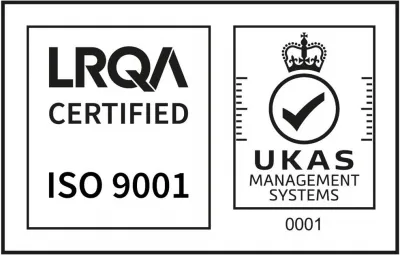
- © 2025 Nufox. All rights reserved |
- Terms & Conditions |
- Privacy Policy |
- Download ISO Certificate | Web Design MadeByShape
